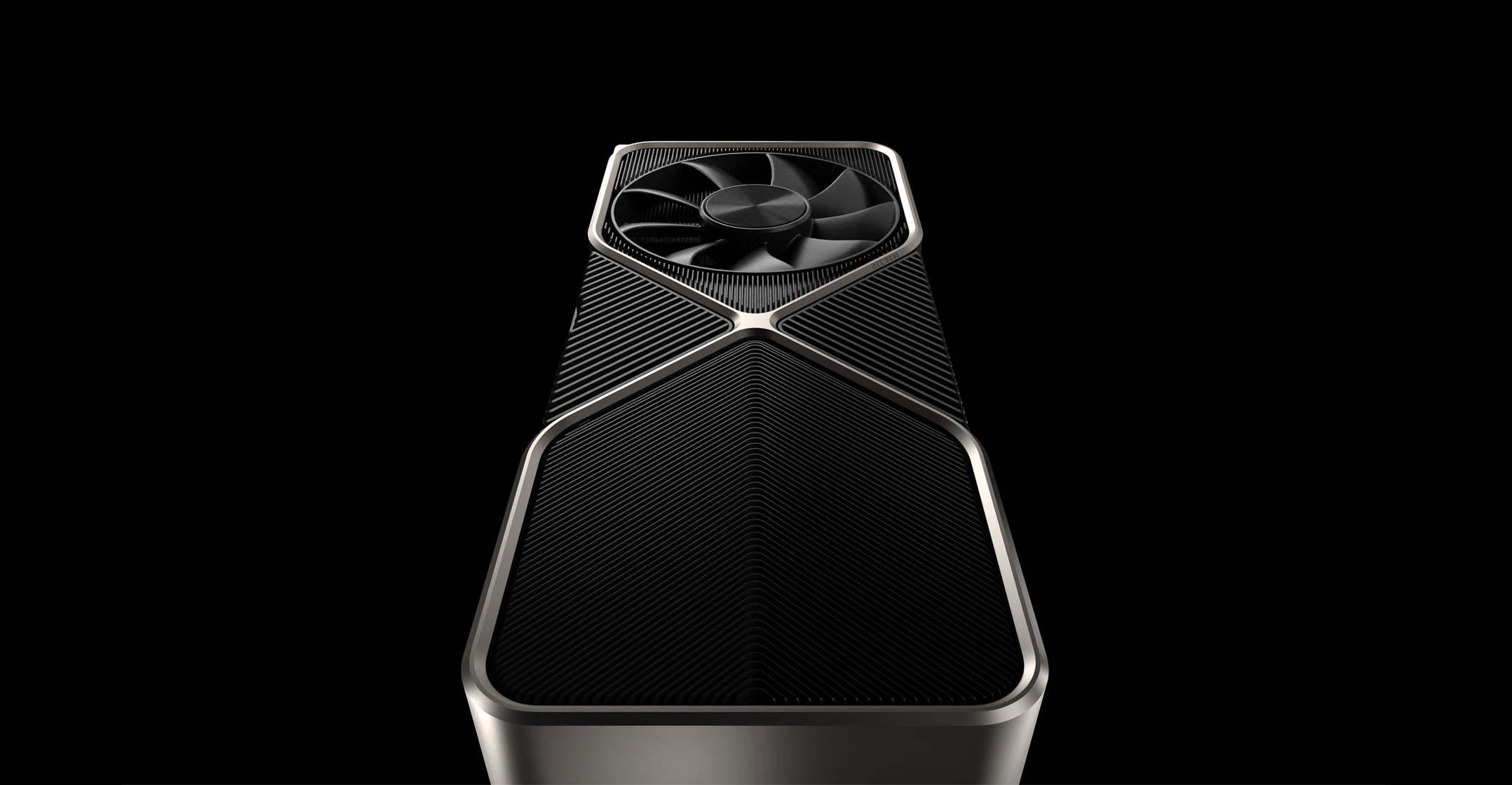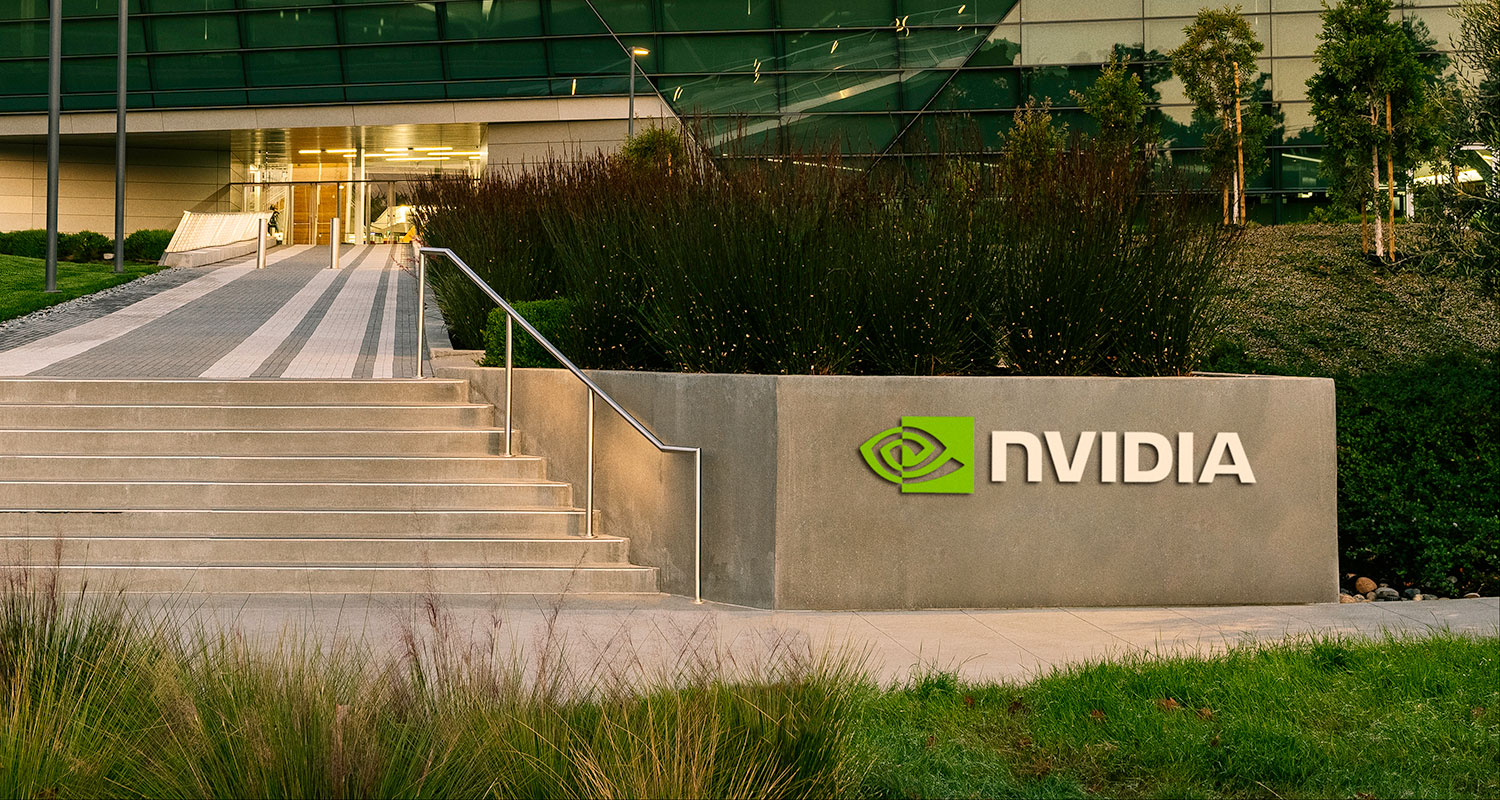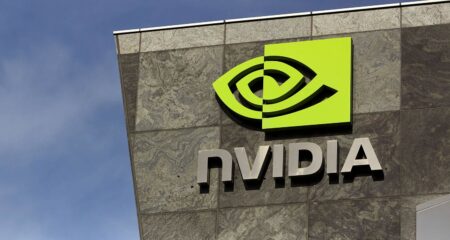 It’s only six months since Nvidia was being hailed as Wall Street’s next US$1-trillion technology stock. The memory now seems distant.
It’s only six months since Nvidia was being hailed as Wall Street’s next US$1-trillion technology stock. The memory now seems distant.
Having soared to a record peak back in November, the chip maker has pretty much given back all its gains of the last 12 months, rattled by this year’s rout in high-valuation stocks.
First quarter earnings and a disappointing revenue forecast on Wednesday sent Nvidia shares tumbling as much as 10% in after-hours trading. The likes of Snap and Netflix have shown the market has little tolerance for disappointment right now.
“It’s hard to be negative about Nvidia’s long-term prospects, but the stock is still pretty damn expensive, and we don’t think the market has bottomed on growth stocks,” said Tom Plumb, manager of the Plumb Balanced Fund.
“Given where sentiment is, there’s a high bar for what kind of results would be a positive catalyst, and a low bar for what would disappoint. An in-line report won’t be enough,” he said ahead of Nvidia’s earnings report.
This earnings season, Wall Street has been rewarding companies that provide clear guidance on how they’ll handle slowing economic growth, supply-chain issues and inflationary pressures, while punishing the rest. Earlier this month, AMD gained after giving a strong sales forecast for the current quarter. In contrast, Snap posted its worst day on record on Tuesday after the Snapchat parent cut its revenue and profit forecasts.
Pressured
Nvidia’s stock has been pressured this year by many of the same factors that have weighed on the semiconductor industry, notably lockdowns in China that have exacerbated supply-chain headwinds and contributed to sky-high inflation, which has prompted aggressive rate hikes from the US Federal Reserve.
Yet despite being the worst performer in the Philadelphia Stock Exchange Semiconductor Index in 2022, the shares still aren’t cheap, trading at around 11 times projected sales with an earnings multiple of 27. That compares with multiples for the industry benchmark index of four times and 14, respectively.
Wall Street analysts, however, remain bullish, even in a market that has turned on high-valuation growth names. All but one of the 50 brokerages that follow Nvidia recommend investors hang on to the stock or buy more, with an average expected return of 87% over the next year. Such a rally wouldn’t be unprecedented. In the past decade, the stock has soared almost 5 600%, including dividends, compared to a gain of 808% in the chip-maker index.
 “Nvidia has historically paid you pretty well to get more aggressive,” said Eric Clark, portfolio manager at Accuvest Global Advisors. “The macro is driving the bus right now, but it’s kind of a positive that sentiment is so bad. Fundamentals don’t matter much right now, but there’s still a massive opportunity looking out over a five-year horizon.”
“Nvidia has historically paid you pretty well to get more aggressive,” said Eric Clark, portfolio manager at Accuvest Global Advisors. “The macro is driving the bus right now, but it’s kind of a positive that sentiment is so bad. Fundamentals don’t matter much right now, but there’s still a massive opportunity looking out over a five-year horizon.”
And long-term prospects continue to look strong. Nvidia is expected to report full-year revenue growth of about 29%, compared to the 19% growth expected for the overall semiconductor sector, according to data compiled by Bloomberg. Adjusted earnings are seen rising about 28% for Nvidia’s 2023 financial year, above the 19% earnings growth anticipated for the sector. — (c) 2022 Bloomberg LP




